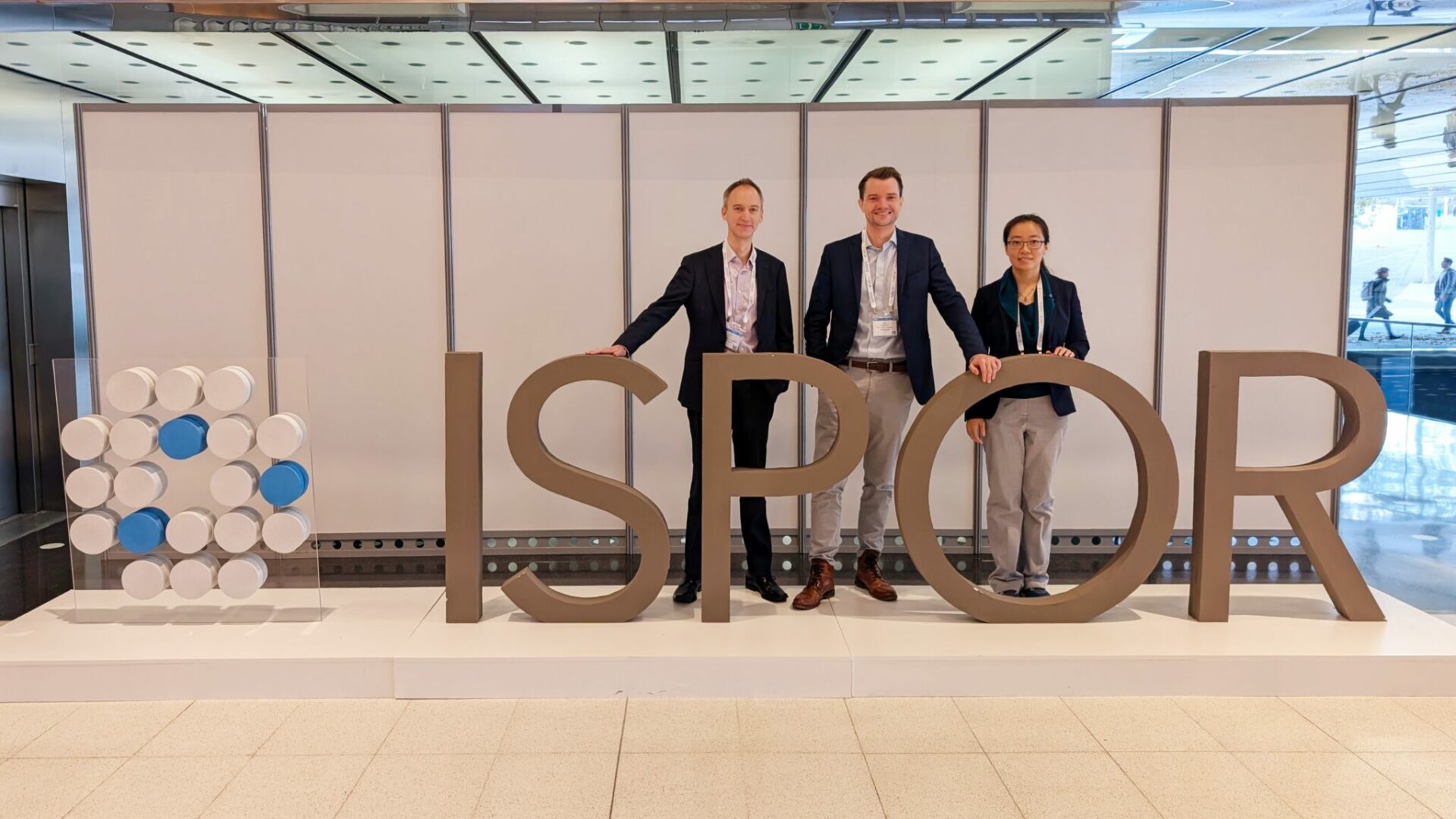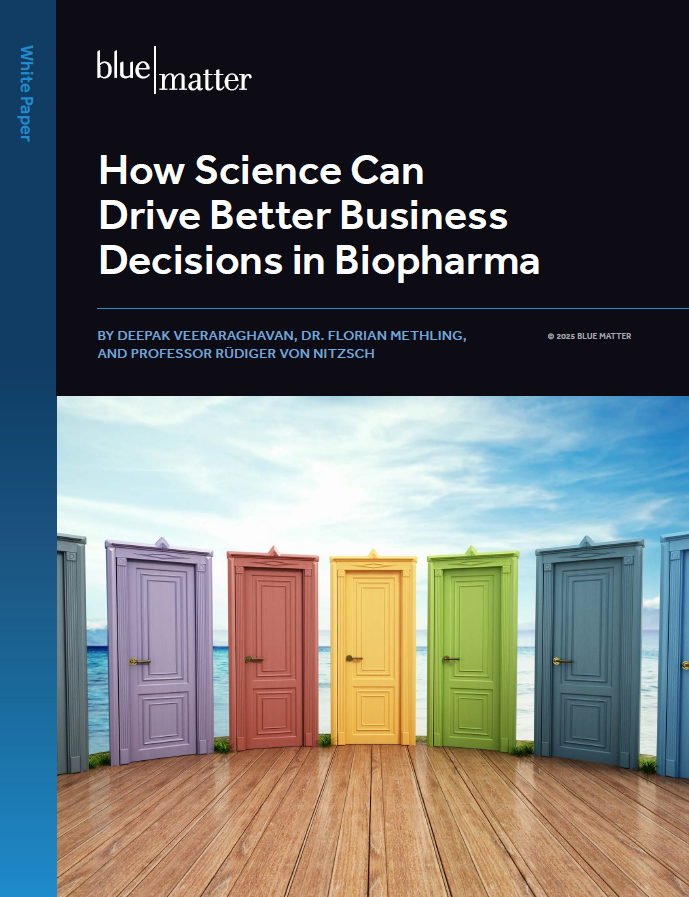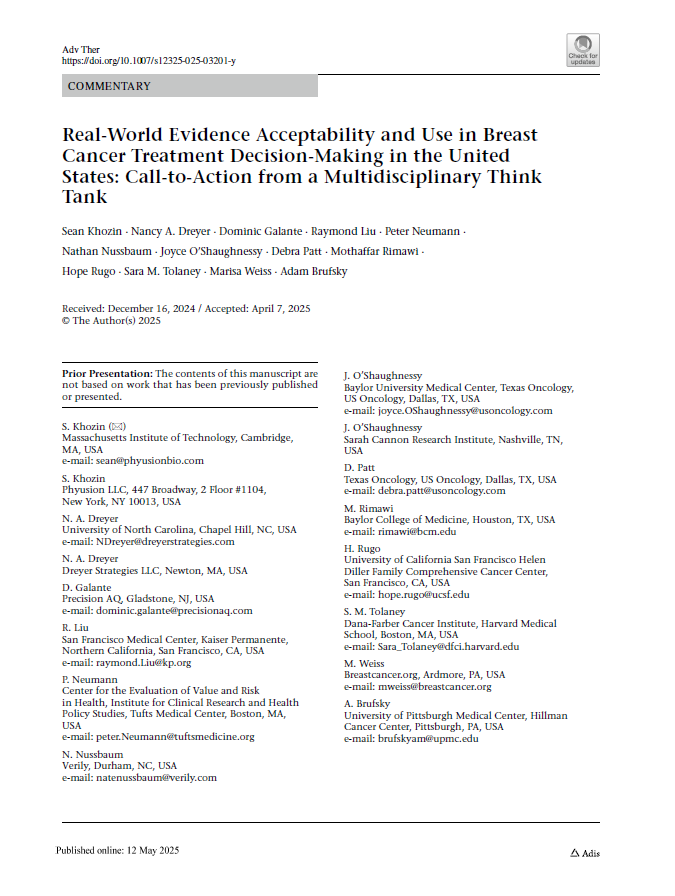
The ISPOR Europe 2024 conference, held from November 17–20th at the Centre de Convencions Internacional de Barcelona, brought together global experts in health economics and outcomes research (HEOR). With a focus on the theme “Generating Evidence Toward Health and Well-Being,” the event emphasized the transformative role of evidence generation in advancing global healthcare. More than 6,500 attendees, including policymakers, researchers, payers, and patient representatives participated, engaging in discussions on the future of healthcare value assessment, digital transformation, and equitable health systems.
Key topics included the evolving regulatory, policy and health technology assessment (HTA) environments, the use of real-world data (RWD), patient-centric (and broader societal) research and equity, and the potential paradigm-shift that artificial intelligence (AI) may bring in HEOR and market access.
Joint Clinical Assessments (JCAs): A Transformative Shift in EU HTA
The Joint Clinical Assessments (JCAs), under the EU HTA Regulation (HTAR), mark a pivotal development in healthcare evaluation within Europe. Set to commence in January 2025, JCAs introduce a harmonized framework for clinical assessments, first for oncology products filing in 2025.
It was estimated that approximately 30 JCAs will be initiated next year, with the first assessment expected for publication by early 2026. The ambition of the JCA is to create a unified process that improves access and reduces disparities in healthcare delivery across EU member states. However, there was uncertainty on whether all markets are ready for the JCA. Major markets were felt to be well prepared for JCA launch, with only minor changes to legislation on an “as needed’ basis.” Smaller markets, though, may be behind and not have the review processes in place to realize the positive impact.
On the surface, JCAs could foster more equitable access across European markets by providing standardized clinical assessments that can be leveraged by later-to-launch markets with more limited resources vs. the German G-BA or France’s CT. This relies on the manufacturer engaging earlier with the individual markets; without accelerated filing timelines in these markets, the JCA report risks diminishing their utility with outdated analyses and comparisons.
PICO Frameworks & Implications for Manufacturers
As part of the JCA, manufacturers—known as heath technology developers (HTDs) in the EU regulations—will be required to submit a dossier providing evidence vs. a number of potential PICOs (Population, Intervention, Comparator(s), Outcomes).
However, as manufacturers are not involved in PICO scoping, they will only become aware of the final PICO set when they are informed of the scoping outcomes. Once informed, they will only have 100 days to prepare and submit evidence for the JCA, which is insufficient to generate new clinical or economic data, especially given the layers of compliance and stakeholder reviews involved in submissions.
Furthermore, there could potentially be a considerable number of potential PICOs for each submission. A Roche analysis of two oncology products they are expecting to submit next year identified 25 and 36 PICOs, respectively.
The requirement for rapid alignment with specific PICOs adds a significant burden. Manufacturers will need to start early in identifying potential PICOs, prioritizing those they can address and leveraging the Joint Scientific Consultations (JSCs) to understand the EMA’s position. There will be a greater reliance on retrospective analyses, indirect comparisons, and RWD sources to ensure coverage of the potential PICOs.
Large manufacturers—such as Roche—have been able to establish dedicated resources to prepare for the JCA. However, many smaller manufacturers and biotech firms will not have the capacity to do the same. All will need to start early understanding their unique risks and planning their evidence generation activities.
Increasing Complexity in European Payer Decision-Making
The payer landscape includes mounting challenges due to evolving therapeutic innovations presenting more complex analyses, budgetary pressures limiting potential spend, and concerns with evidence generation initiatives not being optimized for European markets. A University of Milan study revealed that 20% of HTA applications lack Phase III data.
An increasing trend of manufacturers targeting accelerated regulatory approvals puts pressure on the evidence base available for payers, risking a disconnect in therapies being approved but not reimbursed. Furthermore, the single-arm or non-comparative studies often used represent an “existential issue” not recognized and methods to compensate not addressed in JCA guidance. Consequently, it is more critical than ever to factor in reimbursement requirements early in development when the opportunity remains to shape the evidence platform.
The assessment frameworks leveraged by payers today further need to be reconsidered to ensure that they can accurately capture the benefits of therapeutic advances that were not possible when the frameworks were established. Gene and cell therapies often struggle to demonstrate value under traditional HTA methodologies due to their unique endpoints and long-term benefits not aligning with established models.
For example, current budget impact analyses often consider a 3- to 5-year horizon, yet these short-term economic models are unsuitable for therapies offering lifetime benefits, such as gene therapies. One estimate suggested an upcoming wave of 60 gene therapies being approved by 2030, many exceeding $1M; updated economic frameworks are required to account for long-term value and ensure patient access to these transformative therapies.
Expanding HTA Scope: Broader Societal Costs
Calls are intensifying for HTAs to incorporate broader societal costs, including non-pharmacological patient care costs, such as mental health services for cancer patients, as well as caregiver quality-of-life and economic burdens. This further complicates payer decision-making, as existing payer frameworks often fail to recognize these costs, requiring structural changes to incorporate them meaningfully.
However, there will be significant challenges for broad inclusion. Indirect costs and quality-of-life (QoL) impact for caregivers are rarely captured in clinical trials. Secondary data sources, such as literature reviews, are often limited by small sample sizes and biases, making broader cost inclusion less reliable and less acceptable for payers.
Despite these challenges, including societal costs could provide a more holistic view of a therapy’s value, particularly for cancer and pediatric conditions, where caregivers’ mental and economic well-being are significantly impacted. Increasing use of technology, digital health, and analytical tools will improve the ability to capture the indirect benefits of treatment. Challenges will remain in convincing payers that these are appropriate to include in HTAs and negotiations.
Pricing Landscape Changes & Challenges
The pricing landscape continues to evolve, driven by a combination of factors including increased budgetary pressures, evolving regulatory environments, and the emergence of innovative therapies.
A notable trend is the increasing divergence between list prices and net prices. Rebates and non-transparent discounting mechanisms have become more prevalent, making it challenging to compare prices across different markets, despite calls for increasing pricing transparency. The introduction of confidential discounting in Germany was discussed, however there was uncertainty on how many companies would use this mechanism considering the additional 9% discount required. Additionally, outcomes-based agreements, while promising, have yet to deliver significant impact due to issues with data collection and accountability.
Indication-specific pricing remains a hot topic yet remains not possible in most markets due to challenges of data collection and reconciliation. Managed entry agreements linked to specific indications can make sense by exception but are not being widely implemented. A blended price approach with a single price across indications weighted according to the value/volume in each indication remains the realistic approach.
As the JCA will be reshaping the evidence generation and clinical assessment landscape, the potential for joint negotiation or procurement in Europe was of course discussed. Most stakeholders agreed that this is still many years away, however increasing use of existing agreements, such as BeNeLuxA, should not be discounted.
As the healthcare industry navigates these complexities, it is essential to adopt a long-term perspective and collaborate with stakeholders to develop sustainable pricing models that ensure patient access to innovative therapies while maintaining industry viability.
Artificial Intelligence (AI) in Market Access & HEOR
Lastly, but very much not least, AI was a recurring theme at ISPOR Europe 2024. There was great belief in its promise across clinical trial development, evidence generation, and analysis (especially for health economic modelling and regulatory planning and HTA submissions).
Key use cases for Market Access teams included AI-powered landscape assessments and disease area overviews, HTA/pricing insights to support access strategy, and dossier preparation to expedite regulatory and HTA submissions while ensuring compliance with complex guidelines. Especially considering the restrictive timelines of the JCA process, AI tools could be efficiency drivers for PICO scoping and predictions, literature reviews and data extraction.
However, the potential of AI is yet to be validated. All users were aware of the risks, which lie across the development cycle. These include potential biases in training datasets, ineffective algorithms, “hallucinations” and inconsistencies in output, and concerns over data privacy without sandboxed tools.
Developers must deliver tools that are “trustworthy,” demonstrating accuracy, comprehensiveness, factuality, and robustness. The need for human oversight remains essential to addressing ethical and operational concerns, as well as maintaining “explainability” (the ability to articulate how AI models derive decisions). These factors will be critical to gaining trust from regulators, payers, and the public.
Conclusion & Outlook
ISPOR Europe 2024 continues to be a landmark conference in the global Market Access / HEOR calendar. This year highlighted the evolving landscape of healthcare value assessment and payer decision-making, emphasizing the critical role of regulatory and access planning early in the development cycle.
As the JCA era dawns, manufacturers must proactively engage with regulators and payers to deliver timely and equitable access to innovative therapies for patients. By mapping out market access strategies early, manufacturers can optimize evidence generation, prioritize the most impactful data, and approach any stakeholder discussions – whether for scientific advice or formal submissions – better equipped. Additionally, closer collaboration between clinical development, market access, and HEOR teams is essential to align evidence generation with reimbursement requirements.
While AI holds promise for streamlining processes and improving decision-making, careful consideration of its limitations and potential biases is crucial. A human-centric approach, where AI complements human expertise, remains essential to ensure the integrity and reliability of evidence generation and value assessment.
The next 12 months will be an exciting time for products planning to enter the European markets, and we look forward to supporting our clients as they tackle these challenges







